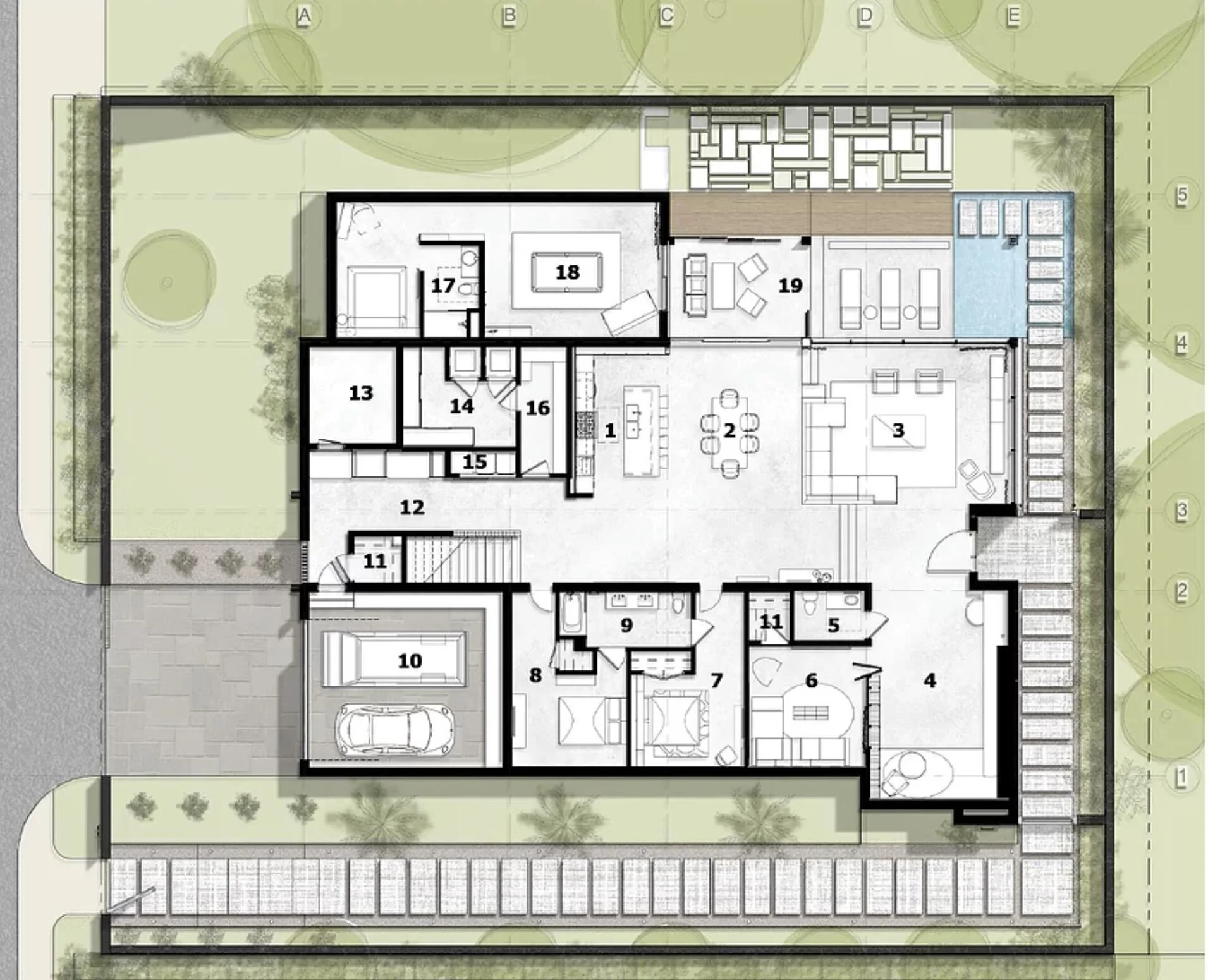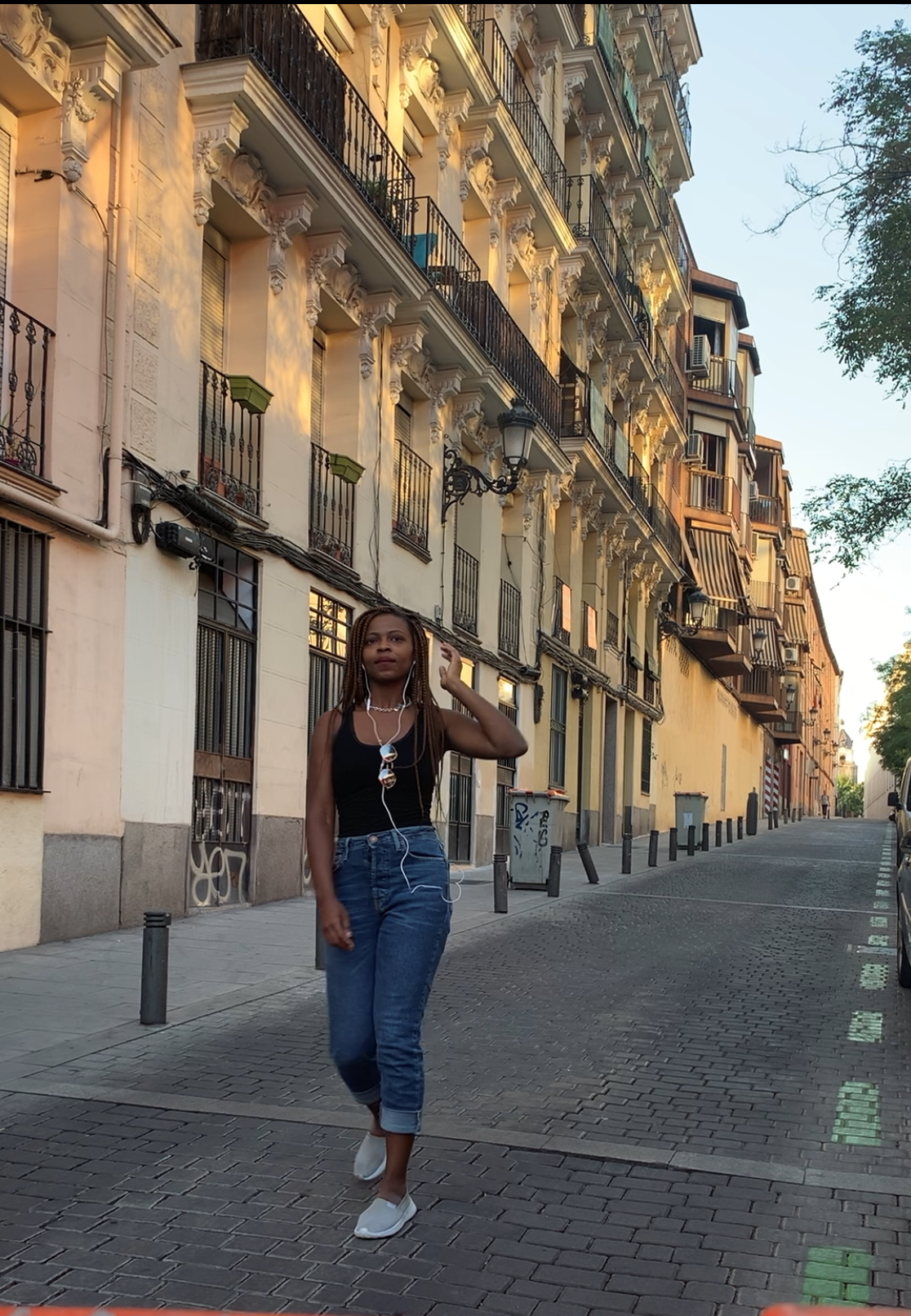SANTASHA HART
Portrait courtesy of Santasha Hart.
Project Architect at BKV group
Graduate of Florida International University
Santasha Hart is driven by her desire to design thoughtfully, develop responsibly, and impact others greatly. She is an architect who is passionate about how design and community development intersect. Santasha sees herself as an ever-evolving student of design always working to broaden her capacity to innovate and produce relevant architecture. As architecture and interior design trends fade, Santasha believes the need to respond with intentionality to the needs of the community and site with which a project is located will always remain. She aims to use elegant thought-out design to restore communities and aid in their redevelopment.
Following My Father’s Footsteps
What is your favorite dish?
French Toast
What is your favorite song by a Black artist?
Currently “Revival” by Mali Music
Three additional facts about Santasha:
I ride a motorcycle
I love podcasts
I often use sounds to communicate in lieu of actual words
What inspired you to study architecture?
My aunt. When I was in 10th grade, she told me that I should consider architecture as a potential career lane.
Image courtesy of Santasha Hart.
Name a Black architect/artist who most influenced you as an emerging professional. How did they?
Patricia Rice-Spavey. She was just extremely kind, honest, open, and accessible and was willing to talk to me and share her experience as well as give me great advice.
Image courtesy of Santasha Hart.
Name a favorite project designed by a Black Architect. Why is it your favorite?
The National Memorial for Peace and Justice. I am not sure that this was actually designed by architects at all, I do know the primary artist that Mass Design Group partnered with are black. This is my favorite; however, because it is a palpable example of what it looks like to bring inspiration, a concept, and a story into built physical space. That memorial evokes the exact feeling both inside and out that the designers and artists intended and it physically in both form and materiality confronts you with the narrative that they are trying to communicate.
Image courtesy of Santasha Hart.
How does your culture affect your studies and the way you design?
I believe it naturally causes me to think outside of the norm and see how the tools and methods we were taught to use as designers can be utilized, altered, or changed entirely to serve those who they were never created nor intended to serve.
Image courtesy of Santasha Hart.
Are there any organizations that helped you grow in architecture? How did they help you grow?
NOMA & NOMAS. They challenged me by way of exposure to so many other current and aspiring architects doing amazing work who look just like me. Going to the NOMA conference, participating in the NOMAS competitions, and meeting other professionals really put a spark under me to explore things outside of the classroom as it related to design and architecture. Although traditional schooling is great, it only teaches you from one lens and one perspective. I immediately began seeking knowledge and tools in other places as well simply because I saw a whole group of people who looked like me and had many of the experience I had growing up doing things in the profession I hadn’t even been aware existed.
Image courtesy of Santasha Hart.
Image courtesy of Santasha Hart.
Tell us about one of your very first projects as a designer for your father’s spare living space basement? How did the finished design make you feel as an emerging professional?
It was pretty fun! It gave me a chance to see what aspects of completing a project from start to finish I enjoyed versus what aspects I didn’t. It helped me narrow down my career interest as well as get proof of concept for both myself and others in regards to what I can do. The finished design made me feel great and gave me satisfaction about the hard work that went into it from design to construction.
Image courtesy of Santasha Hart.
What inspired you to start a NOMAS chapter at Florida International University? How do you hope the organization continues to support students today?
I wanted to be apart of something that didn’t exist in my region. I searched other Universities and similar to mine, the only organization/clubs were APX. APX is great, but it didn’t speak to my unique needs and desires as a black student. I was seeking an organization that my needs as a first-generation black college student. I was looking for an organization that built comradery among students through architecture competitions, community involvement, and mentorship from those they identify with. When I stumbled across the local SofloNOMA chapter at the time they had informed me about the organization and I was immediately interested, however, there were no student chapters. For an architecture student like myself, everything architecture school was quite frankly was foreign to me. I had no clue what I was doing, what to expect, and how to best take advantage of my time while at university. I saw NOMA as the answer that would alleviate my predicament. So… long story short, I contacted NOMA about starting a NOMAS chapter and told them about my experience and then started it.
Image courtesy of Santasha Hart.
If you were able to talk to your younger self, what would you say?
Think bigger.
What would you want to say to the next generation of aspiring Black women architects?
You are exactly what the profession needs, be authentically you at all times in all spaces.
Image courtesy of Santasha Hart.











